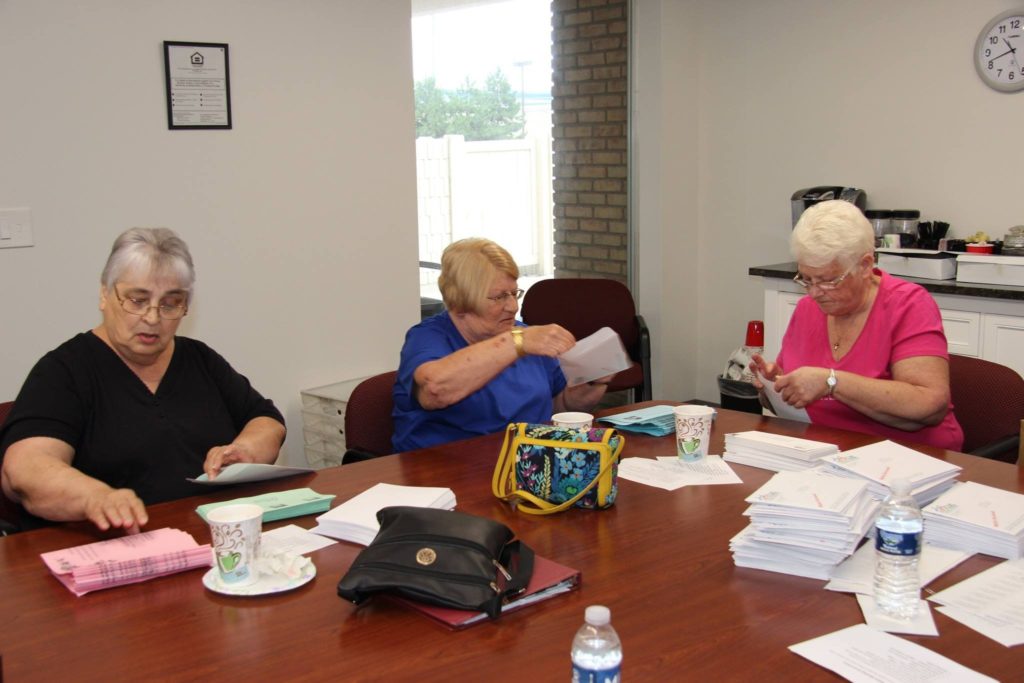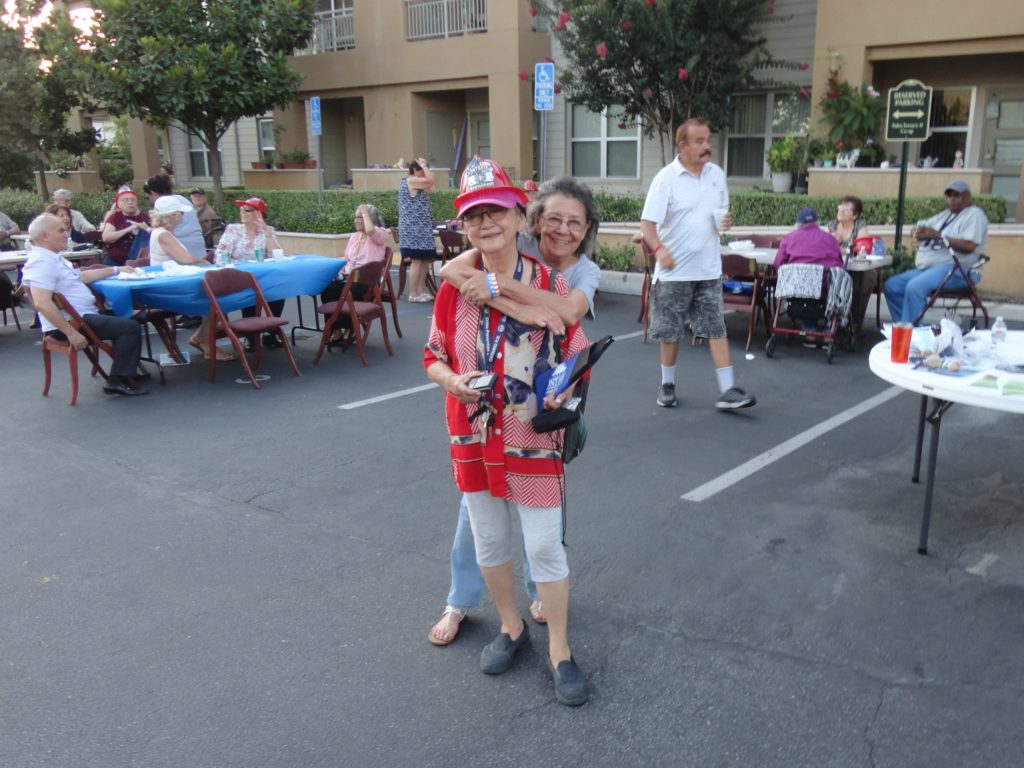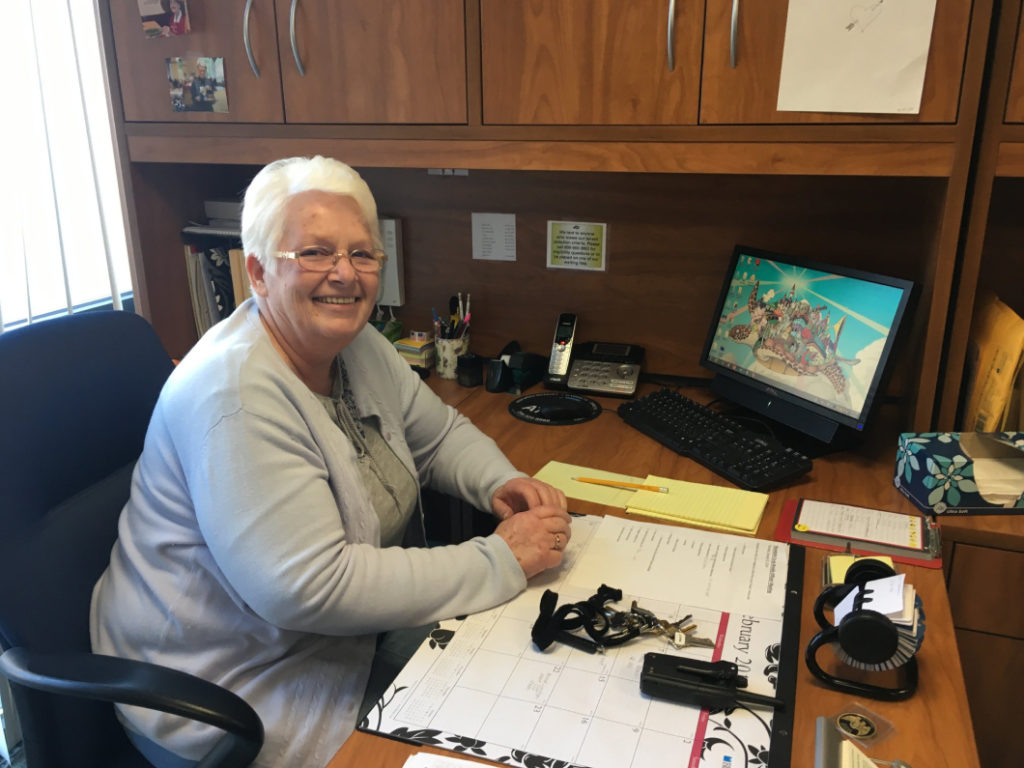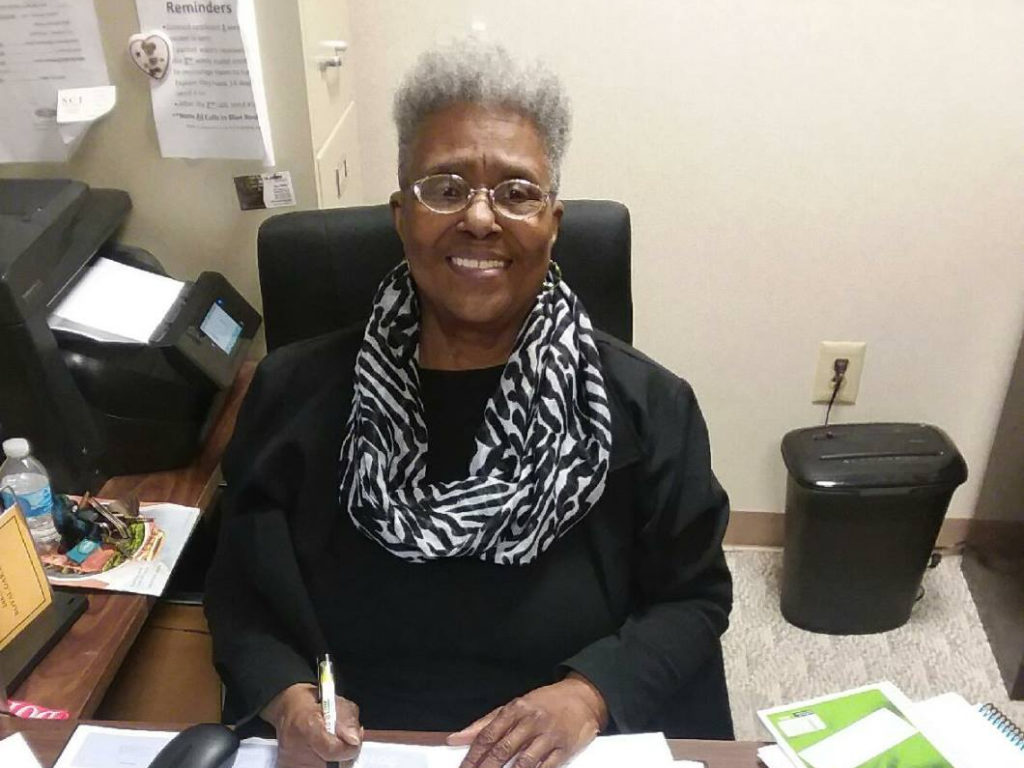Helping Seniors Find a Sense of Purpose
Nancy Evans General Manager, CSI Support & DevelopmentFighting isolation one co-op at a time
In my opinion, the very worst thing for seniors is isolation. It's why everything we do at CSI centers on helping them become happy, healthy, and engaged members of their co-op housing communities. Before explaining the details of just how a co-op model works — and why it can benefit seniors significantly — I want to share what makes CSI such a valuable role model in this unusual housing space.
The word that comes to mind? Transparency. For me, it’s always been the key to our success, that we try very hard to treat everyone openly and honestly. At CSI, we lay things out with this kind of directness: “here’s the situation, what we need and why.” When you make everyone aware of the stakes and inspired by the goals behind a given project, it helps people work together as partners and truly develop a team attitude, a positive culture.
This kind of healthy debate among our staff members serves as a great model for the senior members who make up our co-op communities. I’m excited to share the nuts and bolts of how co-op models function and why they can be of such benefit to both senior residents and multifamily operators alike.
Collaborative by design — the nuts and bolts of co-op housing
By its very nature, our co-op model at CSI encourages members to immerse themselves in a bustling community. As isolation can be so damaging for seniors, it’s really important that they have an opportunity to make friends, that they’re seen and listened to.
On a basic level, “co-op living” describes a building that is controlled by its resident members. At CSI, that means seniors living in our affordable housing communities vote on all significant operating decisions themselves.
“On a basic level, ‘co-op living’ describes a building that is controlled by its resident members.”
Our model is based on seven principles:
- Democratic Control
- Not-for-profit Operation
- Continuing Education
- Political, Social, Racial, & Religious Neutrality
- Cooperation Among Cooperatives
- Open, Voluntary Membership
- Concern for Community
In practice, CSI’s co-op model functions through a range of committees and volunteer opportunities. At each of our co-ops across four states, residents are manning the office and planning their own entertainment.

When they enjoy a Monday bingo night or a Wednesday potluck, it’s an event they’ve designed from start to finish. A CSI staff member may suggest various gardening ideas, for example, but our senior members are the ones forming the Grounds Committee and planting flowers when and where they choose. Here’s how we get them started…
From thoughtful training comes thriving communities
At CSI, we hold interactive trainings throughout the year to make sure our senior residents have the skills they need to organize lively events — and even serve as political advocates — in their communities. Our largest training takes place each July, when floor representatives and council members officially begin their posts.
That’s when we provide each member with a substantial binder charting out precisely what their role entails in the housing community. After all, at CSI, every specialized post requires trainings on general house rules, how to handle etiquette for meetings, and how the business side of non-profit housing works.
However, my colleagues and I know well that paperwork isn’t the end of the teaching process. It’s why we organize trainings including skits and other activities that spur collaboration. When seniors can discuss a range of topics in a welcoming setting, they can gain the experience they need to cooperate on all kinds of projects.

Whether they’re chatting about building operations or committee reports or conflict management, senior members have a chance in these sessions to practice the kind of healthy debate we prize at CSI. In that respect, the benefits abound; when you create these opportunities for seniors, they can stay active, improve their physical well-being and mental health, and make friends.
Here’s just one example of how a co-op model can empower seniors to advocate for themselves in a way that differs from a typical multifamily community. In standard senior housing, if a resident parks in the back corner of a parking lot and feels there isn’t enough light, he or she must rely on property managers to effect change.
However, facing the same scenario at a co-op complex, senior residents can alert their floor representative who could escalate the issue to the greater member council and discuss potential changes to help the entire community. Needless to say, there’s a supportive network in the background (CSI staff!) to ensure residents can thrive.
In the background? A supportive network.
After the kick-off training period winds down, CSI staff continue to serve as a supportive presence in the background. But I feel it’s important to stress we’re not helping from a distance. We hear people’s stories, we interact with them every day. That makes members’ circumstances and experiences real to us. When our senior members look to my teams for advice, we’re there for them.
At CSI, we don’t have property managers. We have liaisons who work with members and help them manage their co-op. We also have Service Coordinators at each site. This role didn’t even exist for us five years ago. In creating these coordinator positions across properties, we were concerned that our residents would rely on them too much and lose the independence and resilience that a co-op model fosters.


Our intention for these service coordinators was that they would help carry out a straightforward but enormously valuable purpose: help senior residents age in place. In practice, for example, if a senior needed help getting dressed or cleaning their apartment, the service coordinator could help them get in contact with the right agency so they could continue living in their unit. Fortunately, that’s exactly what’s happened: seniors feel a sense of independence in our communities but are grateful they have a resource if some of their routines just grow too difficult to maintain.
As for how involved our residents become in planning activities or strategizing budgets, we don’t see it as our job to force people to volunteer. Instead, we work hard to create opportunities for participation. From there, our senior members have the freedom to become as involved as they want. What surprises me, consistently, is how quickly our residents pick up skills they’re eager to learn.
“What surprises me, consistently, is how quickly our residents pick up skills they’re eager to learn.”
For example, HUD decided to put a computer at each of its affordable housing properties, one in every community. In the beginning, I had to kindly tell our seniors not to point the mouse at the computer like it was a TV remote. Now, they’re asking: “is it time to defragment the hard drive again?” I’m so moved to watch this kind of transformation unfold in our seniors. On that note, I think Annie’s story demonstrates powerfully how a co-op housing model can help seniors find a sense of meaning in the everyday.
From hopeless to helpful: why a co-op model energized Annie.
Annie, one of our senior residents, was married and a housewife her whole life. Then, her kids moved out and her husband passed away. Suddenly, Annie was all alone at home, wanting to die… because she felt her purpose was gone. Somewhere there in her late sixties, her kids told her: “you can’t sit just sit around the house feeling sorry for yourself.”
They urged Annie to join a senior independent living community, and she finally moved in to a CSI community. One day on a whim, she decided to attend a general meeting among members. That’s when something changed for Annie — she felt a spark again, excited by what was happening around her. The conversations she overheard about volunteering and activism inspired her to start helping out in the community’s kitchen. Soon, Annie joined the leasing committee and worked her way up until she became its president.
“That’s when something changed for Annie — she felt a spark again, excited by what was happening around her.”
From then on, Annie was very busy. She made friends. Soon enough, her spirits lifted significantly. Eventually, Annie confessed to me: “I thought I came here to wait for the end of my life, but now… I’ve got a new life.”
Finding romance in senior housing? Meet Harry and Olive.
I’m proud that our co-op model can inspire meaningful connections (even romance!) between seniors who share a drive to get involved in their communities. The love story between Harry and Olive comes to mind. Harry, a life-long bachelor, was on the Board of Directors at his CSI community. Throughout his life, he’d never had an interest in settling down with anybody.
Until... he met Olive. A resident at the same CSI community, Olive decided to attend a general meeting one day with a friend. Suddenly, Harry walked in with the rest of the board. Olive turned to her friend and said: “Oh! Not bad.” Her friend agreed: “Not bad at all!”
It wasn’t long before Harry and Olive said: “hi.” As the lovebirds got along better and better, the two eventually decided to tie the knot. Olive inspired Harry to take the leap into marriage for the first time: in his mid-seventies. As Harry admitted to me, “I was a confirmed bachelor, but I took one look at Olive and... you can call it love at first sight. That was it for me!”
In the push for government funding, share stories that resonate.
I share these resident stories because they’re the kind that strike a chord with elected officials. Over 30+ years operating affordable housing, I’ve learned that legislators crave compelling anecdotes far more than colorless stats when you walk into their office asking for funding.
I’ve also found that the co-op model resonates in its own right with elected officials. Above all, these legislators want to know that the resources they offer will have an impact. When it comes to a co-op model, they can feel confident the funding will get seniors engaged in their communities. From Annie’s heartwarming transformation to the unexpected romance between Harry and Olive, seniors at CSI can absolutely change their lives for the better by seizing the opportunities that a co-op housing model provides.
“I've learned that legislators crave compelling anecdotes far more than colorless stats when you walk into their office asking for funding.”
From interactive trainings to staffing decisions to funding strategies, there’s a lot to learn when you’re considering a co-op model for affordable senior housing. However, as I hope CSI’s example demonstrates, there’s so much for seniors to gain when they have the chance to collaborate and volunteer and connect in meaningful ways. By empowering seniors to take initiative in their housing communities, you reduce your own operational headaches (no property managers needed) — and even facilitate the kinds of stories that are bound to win funding from Washington.
Above all, the biggest thing to remember when working with the senior community is that our elders are no different from anybody else. They’ve simply been around longer. At their age, you don’t stop loving or caring or even bickering. No matter how old people are, we all have something to contribute. After 30 years, I’m still moved to see the many ways a co-op model offers people that possibility.